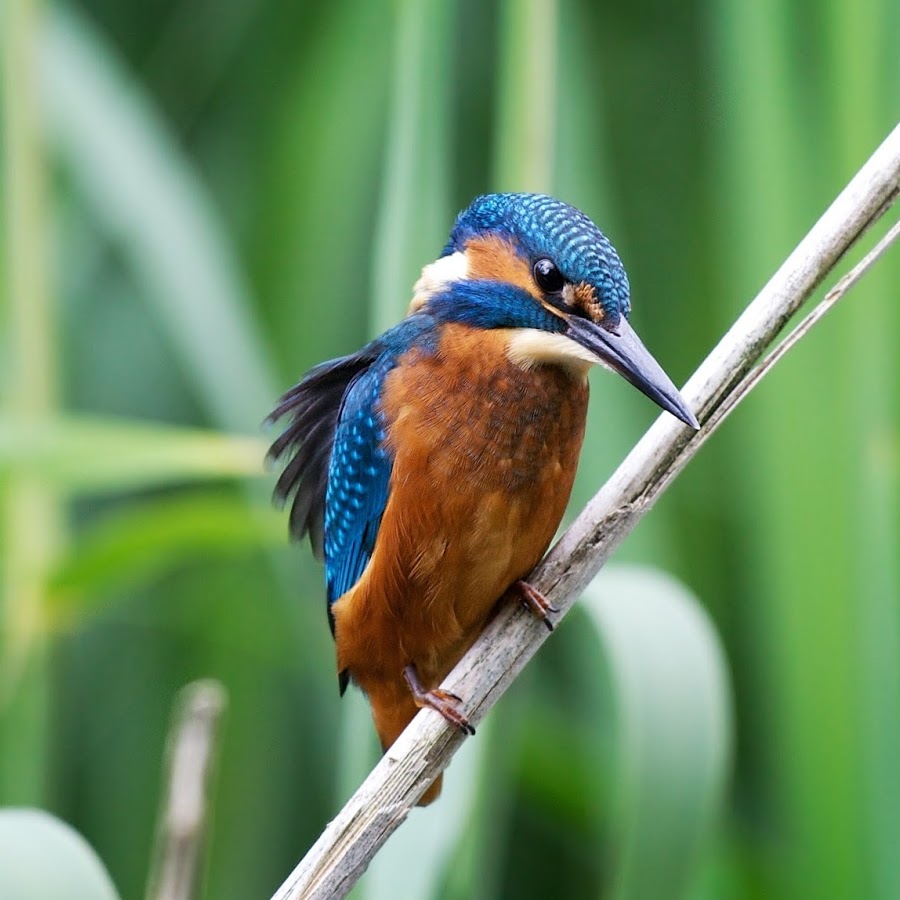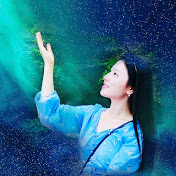Video Player is loading.
19/19
82
觀看次數 •
February 19, 2017
Why are these Starfish Killing Themselves? | Weird Animal Facts 1

Natural World Facts
0 Followed
Hello and welcome to Natural World Facts, in this episode of wierd animal facts Leo will be talking about the plant that eats bats, the strange pyrosome 'sea sock,' the great red crab migration and the zombie starfish who are losing their limbs.
- Number 5: The plant that ‘eats’ bats
A scientific expedition to Borneo in 2014 was shocked when they captured these images of bats, seemingly being eaten by the carnivorous pitcher plant, which usually consumes insects that are attracted to its sweet, nectar fluid. Upon closer inspection, however, it seems these plants provide a perfect, cool place for bats to rest during the heat of the day. In return, the plant gets sustenance through the poo that the bats leave behind. Its a perfect symbiotic relationship and not, as it seemed at first, the first bat-eating plant.
- Number 4: Ocean sock?
This strange, luminescent tube had scientists stumped for ages. It lacked an organisms usual characteristics of eyes or a mouth and looked simply like a giant floating sock. However it was recently discovered that this was in fact living, but wasn’t just one organism. This was a pyrosome, a mass of thousands of tiny animals called zooids, stuck together like glue and trapping and eating plankton.
Number 3: Red crab swarm
For thousands of year, there has been a mass annual migration of tens of millions of red crabs on Christmas island from the forests down to the shore to mate and for the females to lay their eggs in the sea. But on recent migrations, thousands of these crabs had been dying for unknown causes. It was soon discovered that the culprit was an invasive species to the island, known as the yellow crazy ant. They immobilised the crabs by spraying formic acid in their eyes eyes and leg joints, soon killing the crabs which would become food for the ants. With the population of these ants increasing and the crabs decreasing, this could spell doom for Christmas islands iconic annual event.
- Number 2: Pilot whales mass beaching
In February 2017, hundreds of whales died after beaching themselves at a remote beach in New Zealand; over 650 pilot whales have beached themselves on a 3 mile stretch of Farewell Spit on the country's South Island. Over 330 of them died, 220 remain beached and 100 have made it back to sea. But why are these creatures suddenly beaching themselves, and all at the same time.
Pilot whales travel in pods following a matriarch out to sea. If the group navigator is dead or injured it could explain why the group is repeatedly getting lost and stuck in shallow water. There is also evidence that naval ships sonar’s could be driving them into these waters. But the real reason remains unknown, however at least some science will also come out of the tragedy that may help researchers understand and prevent future mass strandings.
- Number 1: The ‘zombie’ sea stars
A very disturbing new behaviour was witnessed in sea stars on Americas west coast. They were observed pulling off their own arms, which then appear to crawl away from the body on their own. This behaviour was observed all along the pacific coast, from Alaska to Mexico, with over 20 different species of sea stars tearing themselves apart. But what had taken over these zombie starfish?
Well, on every single species, each of their limbs is identical, and contains their vital organs. They feed by wrapping their stomach around their prey to dissolve it. Much like lizards tails, sea stars can regrow their limbs if it is torn off by a predator. Some species can regrow their entire body from a single arm, so long as a small part of the central disc remains.
But this still doesn't explain why sea stars are simply losing their limbs with no sign of danger nearby. In some species, this is a way of reproducing; by splitting in two and creating a new sea star. But in this case, the are disintegrating and dying, littering the Pacific coast with bodies. Well, in 2014, scientists announced that they had in fact found what was causing this devastation. It was a newly-discovered diseases called sea star associated dens
顯示全部 
評論 0



























